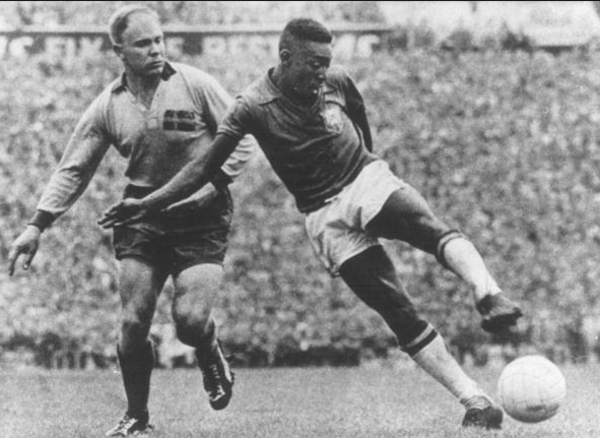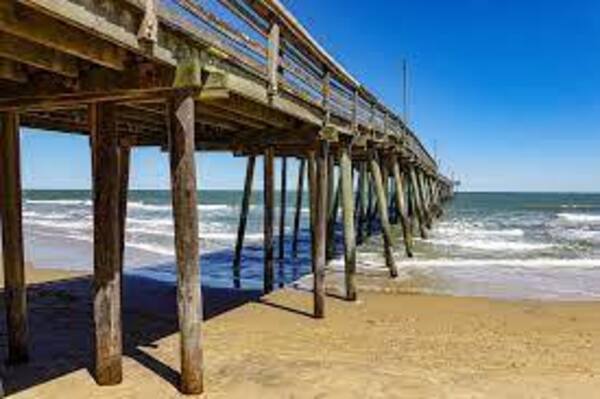Pele, Remembered

Called O Rei (The King) and “the greatest” by FIFA, Pele was one of soccer’s greatest and most successful players of the 20th Century. He died at 82 and was laid to rest at the Memorial Necrópole Ecumênica in Santos, Brazil. His was the rags-to-riches story of soccer, one that continues to inspire footballers today. It speaks to his undying love and dedication to the sport and the opportunity it represents.
Born to a poor family in Bauru, a city in the state of Sao Paulo, Brazil, Pele (pronounced pay-LEH), he received the nickname “Pelé” during his school days, he mispronounced the name of his favorite player, local Vasco da Gama goalkeeper Bilé. However, the more he complained, the more it stuck. At first, Pele couldn’t even afford a proper football, instead using a sock stuffed with newspaper to practice with. He played on many amateur teams in San Paolo before joining a professional club in Santos, Sao Paulo at 15 and Brazil’s national team at age 16.
He played his first World Cup in 1958 at 17, later recalling how he was so skinny that “quite a few people thought I was the mascot.” “[T]here’s a phrase that’s often used to describe the Brazilian, creative, attack-minded style of football: jogo bonito (meaning the beautiful game) that “I feel like he perfectly represented”, said Señor Harrison, a Spanish teacher and soccer fan at HVHS. His unique style of play, acrobatic flair, balance, and dribbling skills propelled him and his team to win 3 world cups for Brazil. By then, he became such a hero that in 1961, to prevent European teams from buying his contract rights, the Brazilian government passed a resolution declaring him a non-exportable national treasure.
“For sure, he definitely made, as a whole, in the world, the sport bigger, and especially in his final move to … New York, [it] really brought the sport to America and helped boost its popularity…”, mentioned Aaron Bowansingh, a 10th grade soccer fan in HVHS. Pele played for the New York Cosmos in the U.S. for a few years in the 1970s to help popularize the sport, attracting enormous crowds and more press than any other New York soccer team. Pele finally retired in 1977, but his legacy didn’t end there.
After football, he focused on ambassadorial work. In 1992, he was appointed a UN ambassador for ecology and the environment, and he was also awarded Brazil’s gold medal for outstanding services to soccer in 1995. He also assisted the bid for Rio De Janeiro to host the Summer Olympics in 2016, and appeared at the closing ceremony of the 2012 Summer Olympics as well as the handover to Rio de Janeiro for the 2016 Summer Olympics.
Pele was shown “[L]ots of respect by players, either on their jerseys or posters…” said Aaron. Pele’s 24-hour wake after his death drew crowds from all over Santos, many people standing in a line in the middle of the night to get a chance to see Pele’s coffin. Harrison described it as “[a] beautiful way to pay tribute to the man who brought so much joy to the world, and specifically his people in Brazil”

Hi! My name is Sophia Stringer, but I go by Sophie. I’m a junior and this is my second year on the Titan Times staff. In my free time, I like to read,...










